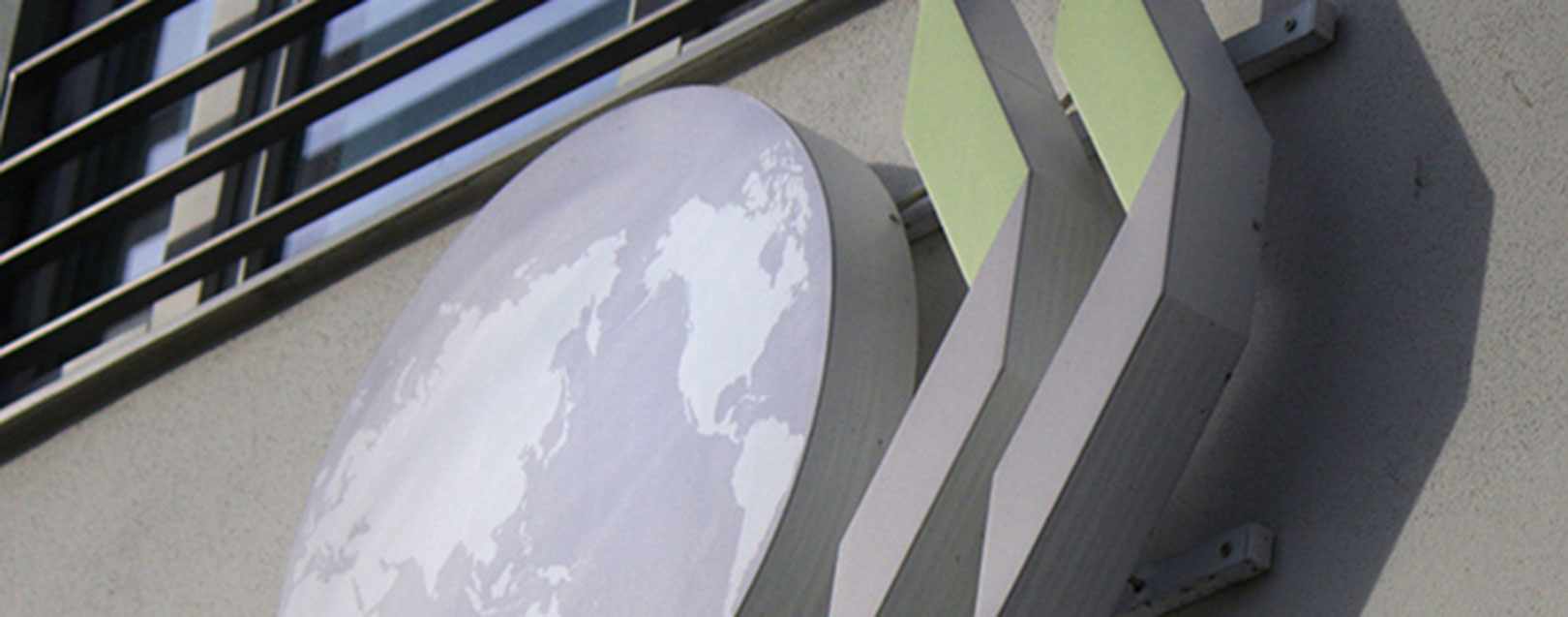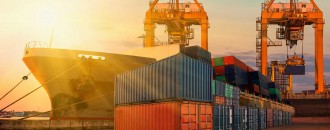
A Sojourn You Won’t Forget
Traditionally, businesses in Africa have behaved like ‘caterpillars’ – humdrum, slow-moving and easy to step on. Conditions are still somewhat similar, but change is creeping in fast. Although the place is still financially challenged, it’s no doubt one of the hottest markets today. While exports from Africa are growing at 6.1% (faster than any other region in the world), imports are expanding even faster – twice as fast as exports – averaging 13.8% per year. Perhaps Africa is eating more than it can cook – but isn’t that a wonderful piece of news for every dollar investor?
Every single country of this 54-nation bloc provides a array of opportunities to both exporters and importers. A case in point is Ethiopia. This country, situated in the Horn of Africa (one of the most complex and conflicted regions of the world), is an excellent example of how Africa has changed over the last 10 years. What also charms investors is the fact that share of African suppliers in the continent’s inter-country imports (when taken as a ratio of imports from outside the continent) has been constantly falling.
Modernisation and structural transformation is happening across Africa at a very fast pace and has enhanced the continent’s long-term growth prospects. “Many African countries have improved their investment climate and conditions for doing business, which enhance long-term growth prospects. Benin, Côte d’Ivoire, the Democratic Republic of the Congo (DRC), Senegal and Togo are even in the top ten countries worldwide with the most reforms making it easier to do business,” states a joint report by OECD, UNDP and African Development Bank. Result: Foreign investments are expected to reach $73.5 billion in 2015, underpinned by increasing greenfield investment from China, India and South Africa.
When it comes to India and Africa, the relationship too has entered a new era. The trade between the two nations has grown at a robust 31.8% annually over the last decade. Sounds great! But if one looks at the micro canvas, this number appears small. Despite an increase in India’s exports to Africa over time, India’s share in the import basket of biggest importers in Africa is still marginal. For instance, India accounts for a paltry 1.7% share in Algeria’s total imports; 3% share in Angola’s total imports; 3.6% share in Egypt’s total imports; 1% share in Morocco’s total imports, 4.3% share in South Africa’s total imports, 3.4% share in Nigeria’s total imports, and so on.
Modernisation and structural transformation is happening across Africa at a very fast pace and has enhanced the continent’s long-term growth prospects.
These numbers clearly narrate the Indian side of the story and what our exporters are losing out on. Any exporter with a mid-to-long term vision cannot and should not overlook Africa. You ask – what can he export? Anything from healthcare and pharmaceuticals to textiles, from automobiles, including auto-components, to metals & minerals, from IT & ITeS to financial services, to energy and infrastructure – the biggest product categories when it comes to African imports. In fact, infrastructure is one sector which Indian companies can captalise on big time going forward. “Given that Africa faces a funding gap of $48 billion for the next decade in its infrastructure sector, opportunities for Indian infrastructure companies to invest in Africa are abundant,” too states a KPMG report on India-Africa trade relations and future prospects.
Africa is the fastest growing continent in the world. And perhaps you didn’t know about this in all the crosstalk about India and China – it’s also the youngest in the world, with 50% of its 1.1 billion inhabitants under the age of 19! The next time you think about Africa, don’t think of darkness. It’s that young continent, where the sun is bright and consumers are forever growing in count. Africa – it’s not about “Why?”; it’s about “Why NOT?!?”






 to success.
to success.